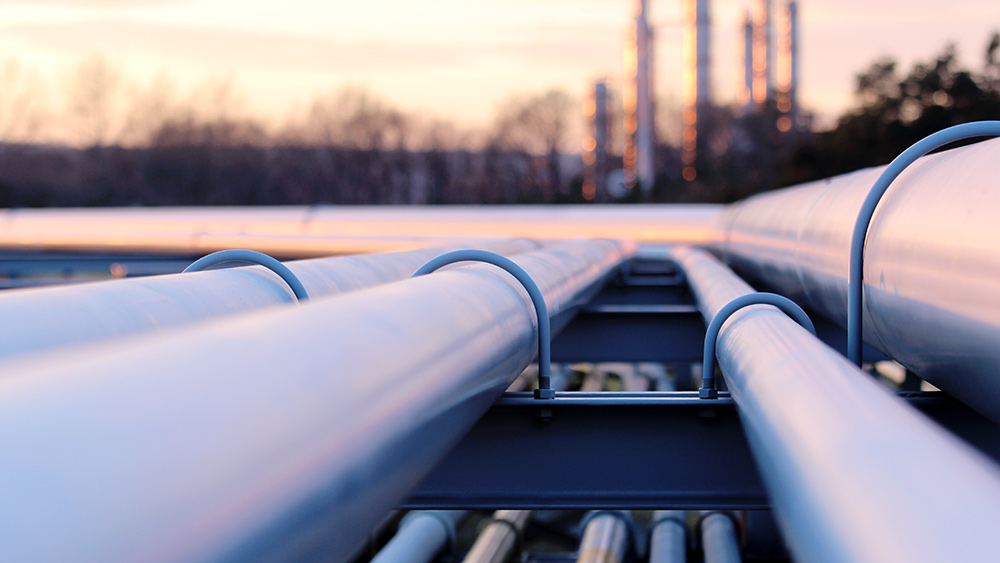
Advertisement
Looks like there is another good long-term source of power for Martian exploration vehicles aside from a nuclear reactor. Danish researchers reported that Mars has enough wind to generate useful levels of power, an article in Space.com stated.
The Aarhus University (AU) research team started looking into the feasibility of wind power on Mars in late 2010. They tested a compact and lightweight wind turbine in one of the university’s wind simulators, which simulated the atmospheric conditions expected on Mars.
Their evaluations of Martian wind power continued after those wind tunnel tests. In a recently published scientific paper, they delivered good news for engineers who have been struggling to find alternative power sources for Martian landers that didn’t take up much space or weight.
“For now, we can say for the first time and with certainty, that, YES, you can use wind power on Mars,” reported the AU research team. (Related: New evidence helps astronomers determine when life might have existed on Mars.)
Solar cells and RTGs are no good in the polar regions of Mars
Exploring Mars is difficult enough due to the vast distances involved. But the polar regions at the northernmost and southernmost parts of the planet are even more challenging areas.
Most missions to Mars are powered by solar panels or radioisotope thermoelectric generators (RTGs). The former draws power from the sun while the latter converts the heat emitted by a radioactive isotope into electricity. NASA’s seemingly unstoppable Curiosity rover is one of the many robotic explorers that run on RTGs.

However, the Martian polar regions receive little or no sunlight for around half of each year. Solar panels will be useless during these winter conditions.
RTGs, on the other hand, are one of the worst sources of power for polar explorers. The heat produced by these generators will affect the temperature of the surroundings, which can defeat the purpose of investigating the colder areas of Mars.
Wind power is a potential alternative for powering robotic missions to the polar regions, said lead researcher Christina Holstein-Rathlou of Boston University. An explorer could mount a wind turbine and an electric battery to store excess electricity. The turbine could also be combined with solar cells.
Small, lightweight wind turbines are the way to go on Mars
The Aarhus wind tunnel tests conducted by Holstein-Rathlou’s team were not the first to look up wind power on the Red Planet. For example, a NASA research team from the Ames Research Center set up a wind turbine in Antarctica, a popular place to simulate the Martian environment.
The difference between those earlier studies and the AU team is size. The Ames turbine could produce 100 kilowatts of power, but it was also big and heavy, the exact opposite of equipment that needed to be transported to Mars. Furthermore, the big turbine needed strong winds to generate power.
Holstein-Rathlou and her colleagues used a much smaller and lighter wind turbine that could fit aboard a Mars lander. They tested its performance in half a dozen different wind speeds.
Some of those wind speeds were experienced by NASA’s Phoenix Mars lander after it touched down on its northern landing site in May 2008. The typical wind on Mars could range from 4.5 to 22 miles per hour (seven to 35 kilometers per hour).
The researchers also evaluated the lowest wind speed that could get the turbine to run, as well as the maximum speed that the wings could endure.
“The optimal locations for this type of power production are areas where the sun doesn’t always shine, but winds will blow, such as latitudes poleward of the polar circles,” the Aarhus researchers remarked in their study.
Get all of your stories about Mars at Space.news.
Sources include:
HOU.USRA.edu [PDF]
Submit a correction >>
This article may contain statements that reflect the opinion of the author
Advertisement
Advertisements
















